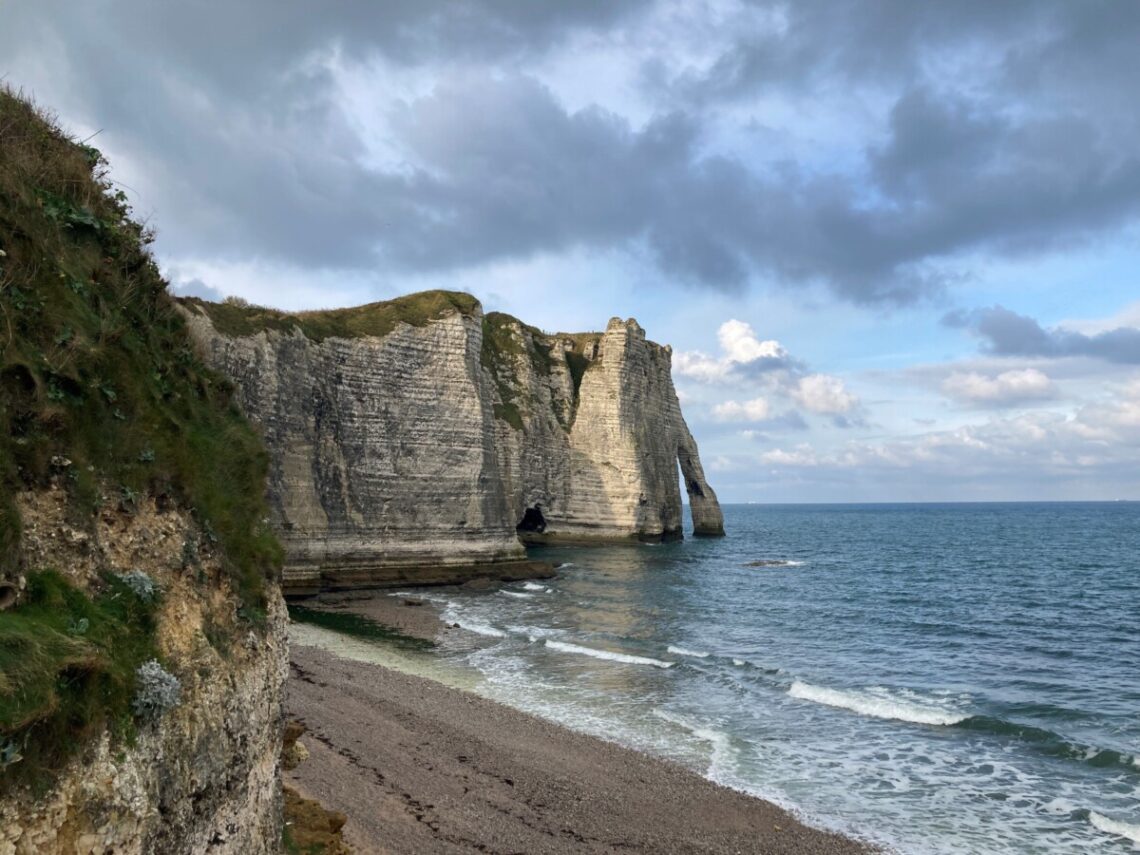
Etretat and Fecamp in Normandy
Lupin – The french Sherlock Holmes
We heard about the French TV series Lupin on Netflix. We really liked the versatile villain who’s idol is the French version of Sherlock Holmes, namely Arsène Lupin. In one of the episodes, they travelled to Lupin’s hometown of Étretat. There you’ll find the French counterpart of “The White Cliffs of Dover.” White chalk cliffs plunge into the sea, and some of them have created beautiful formations on either side of the pebble beach. Very photogenic.
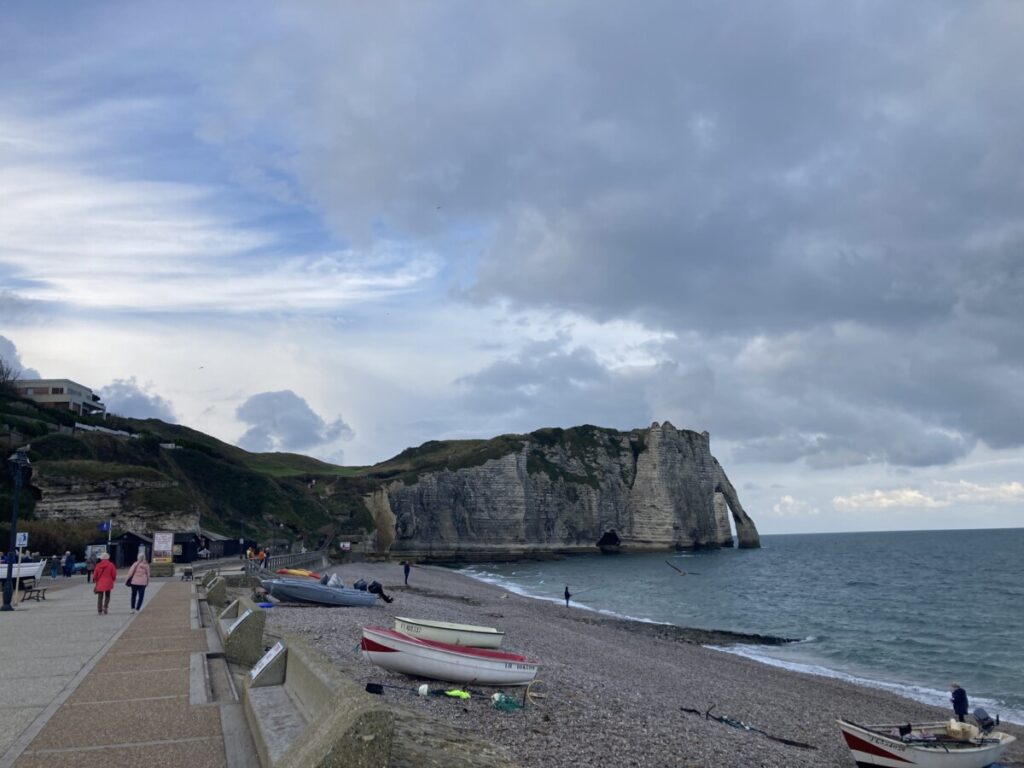
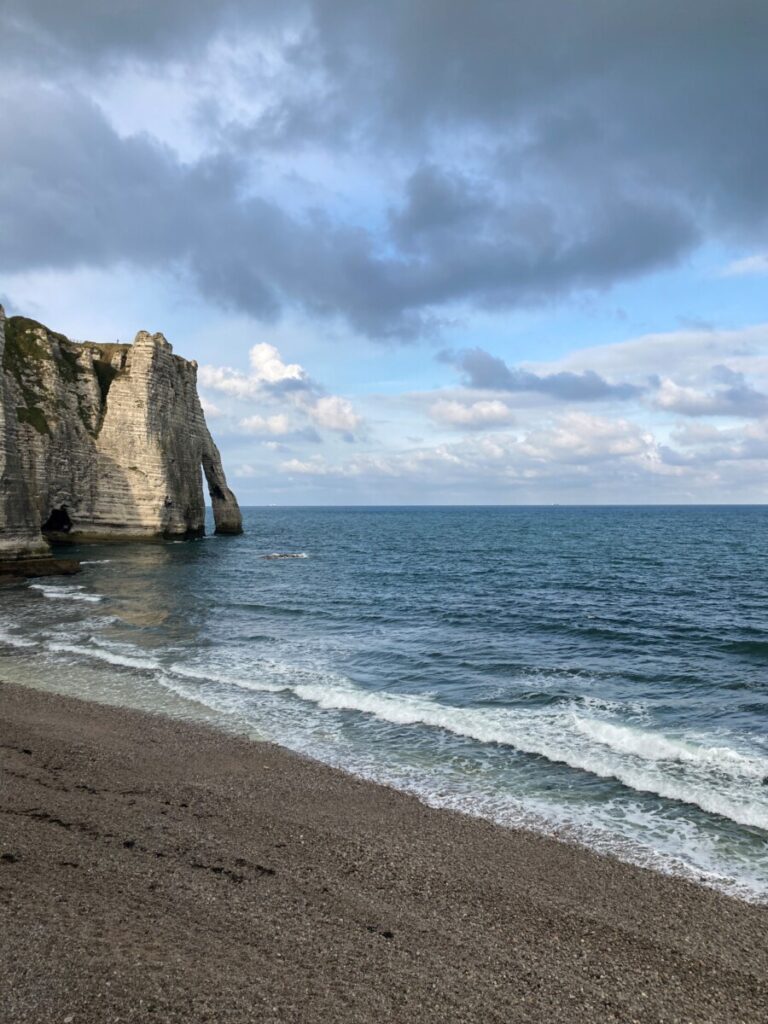
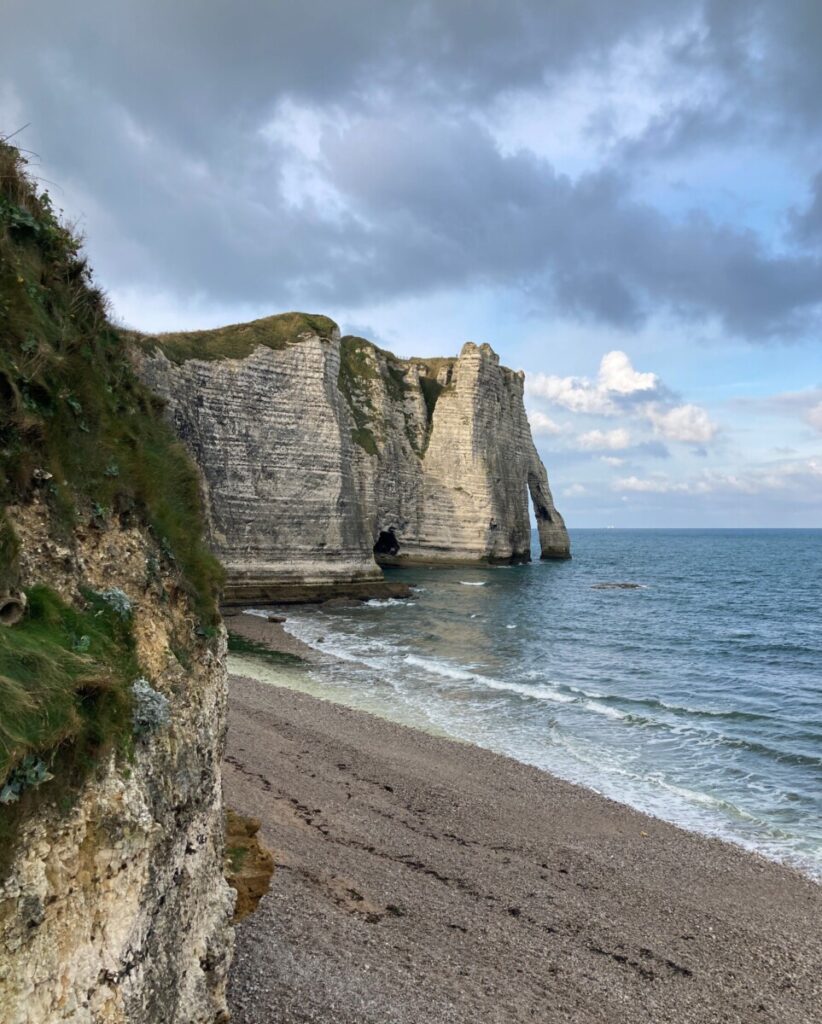
Arsène Lupin is a fictional “gentleman thief” created by author Maurice Leblanc around the turn of the last century. Lupin is a master of disguise and can fool anyone. He often steals from the rich but doesn’t necessarily give to the poor because of it. The series on Netflix was very entertaining and is highly recommended.
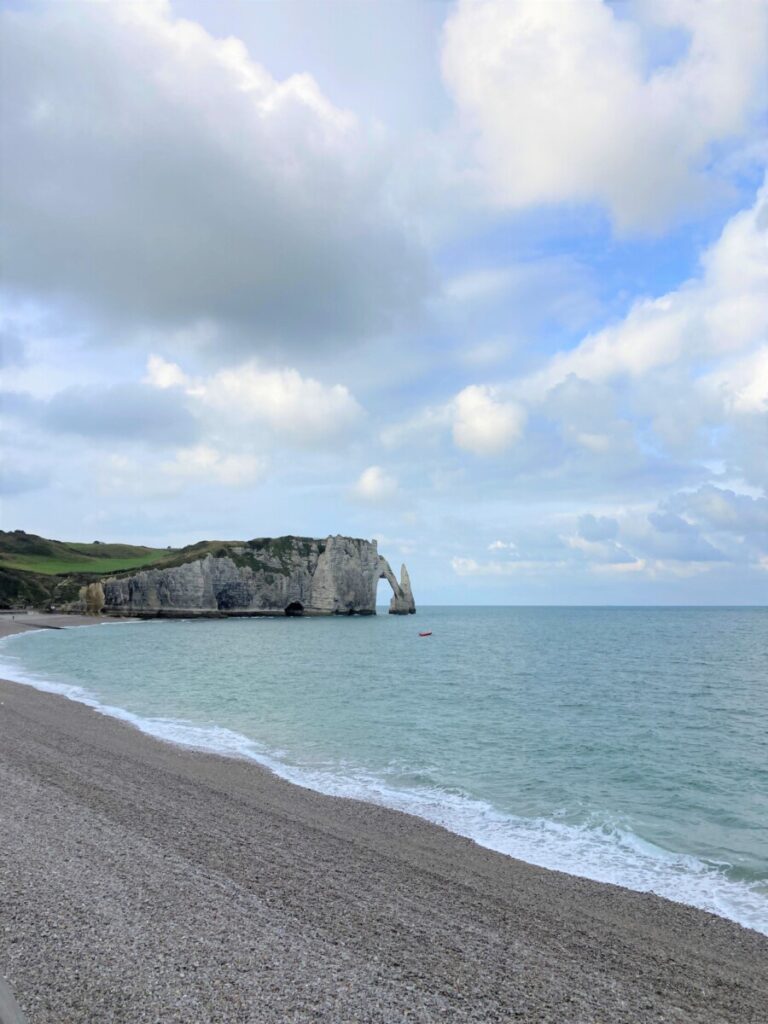
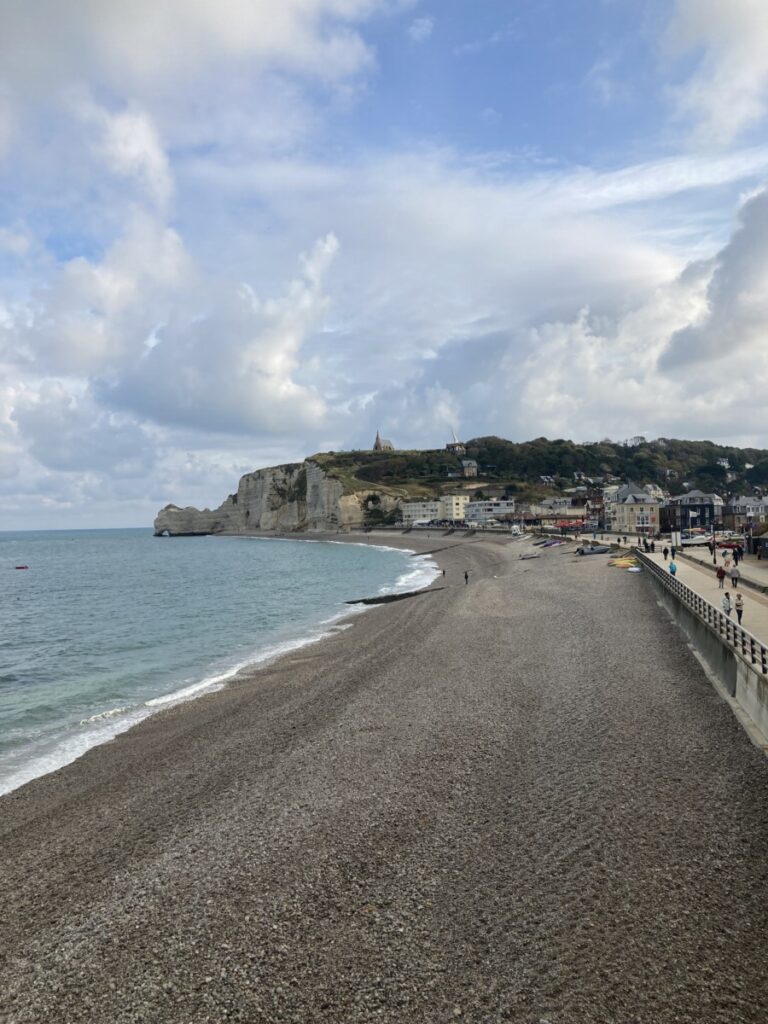
Several of those who have seen the series immediately recognized my pictures from the beach in Étretat. The cliffs are iconic. We didn’t take the time to check out the Lupin museum and didn’t climb to the top of the cliffs to look down on the town either.
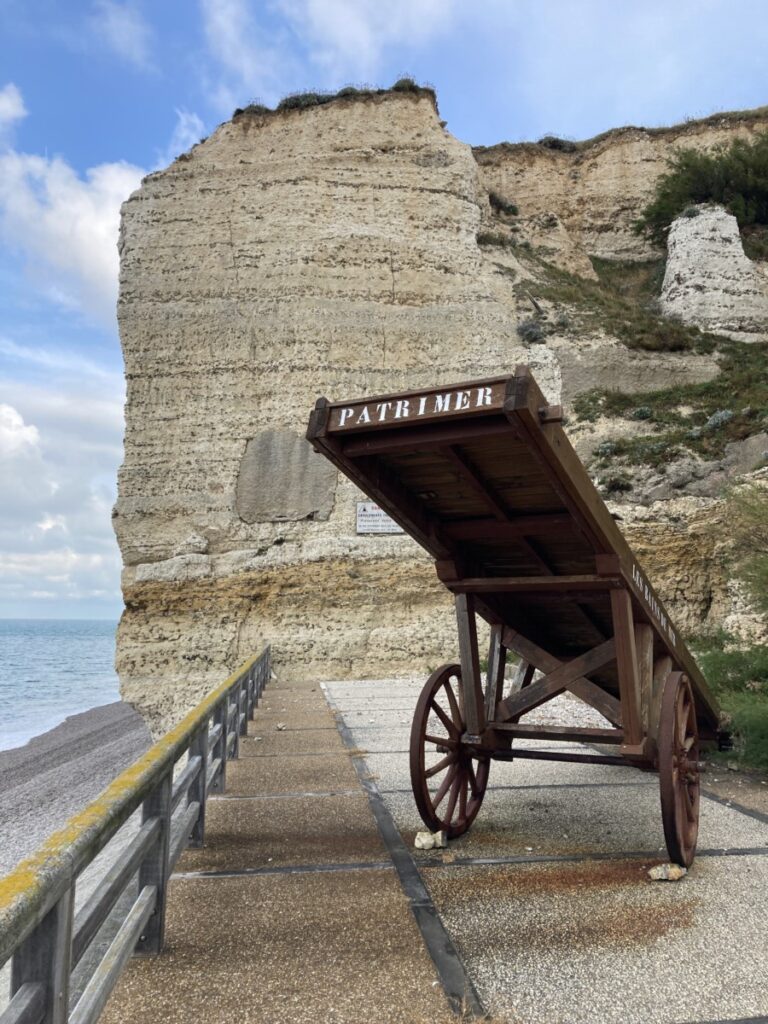
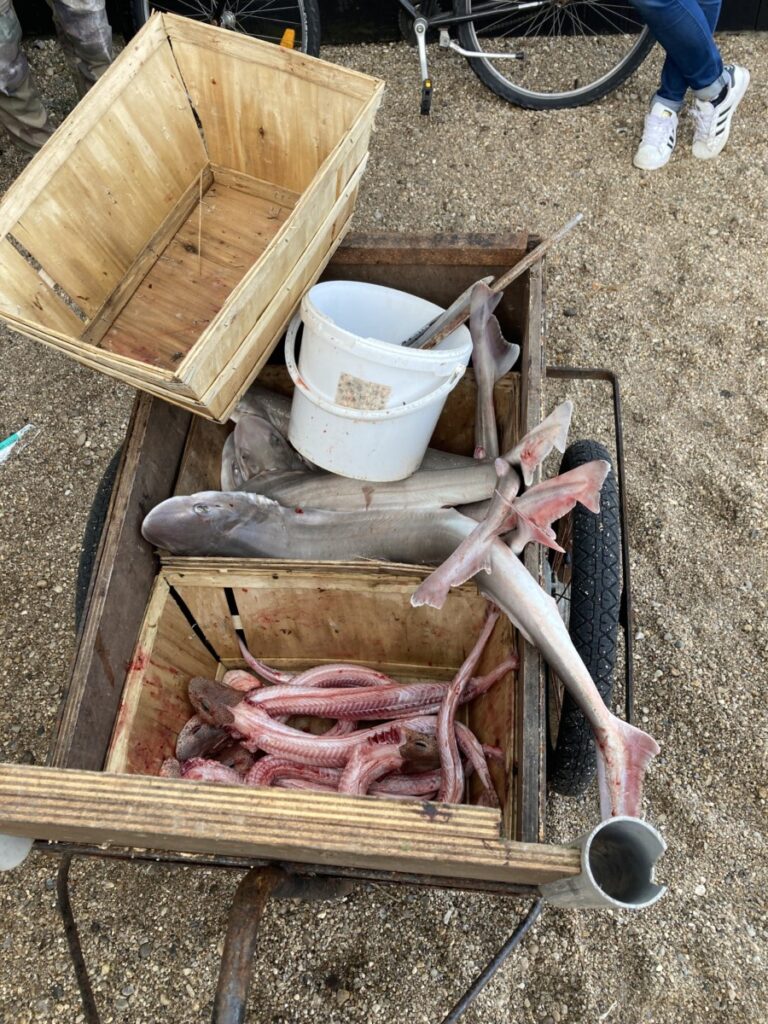
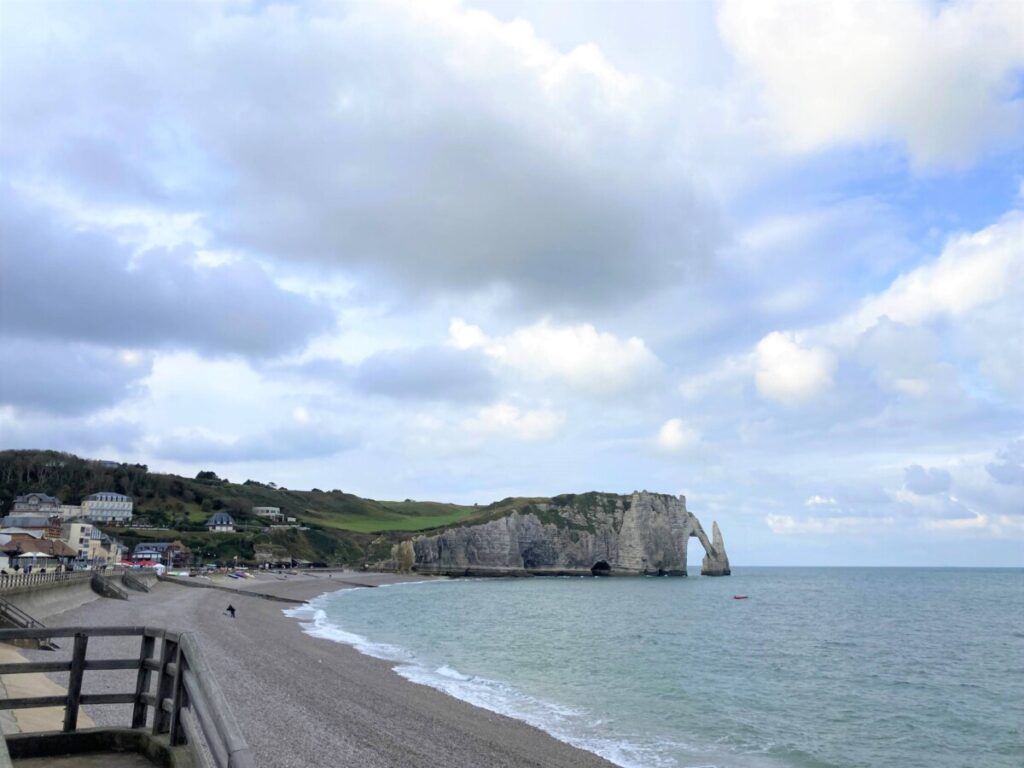
The Benedictine Monks’ Liqueur
We continued to the town of Fécamp to check out some local spirits. We kind of like learning about local alcohol production. And the building where this liqueur is produced is worth a visit in itself. The building looks like a mix between a palace, a cathedral, and a fancy British university.

The DOM Benedictine factory, or Palais Bénédictine, is the only place in the world that produces the herbal liqueur DOM Bénédictine. The recipe for the liqueur is said to originate from the Benedictine monk Dom Bernado Vincelli, who lived in a monastery in Fécamp. He is said to have invented it in 1510, and it was based on local medicinal herbs and oriental spices.
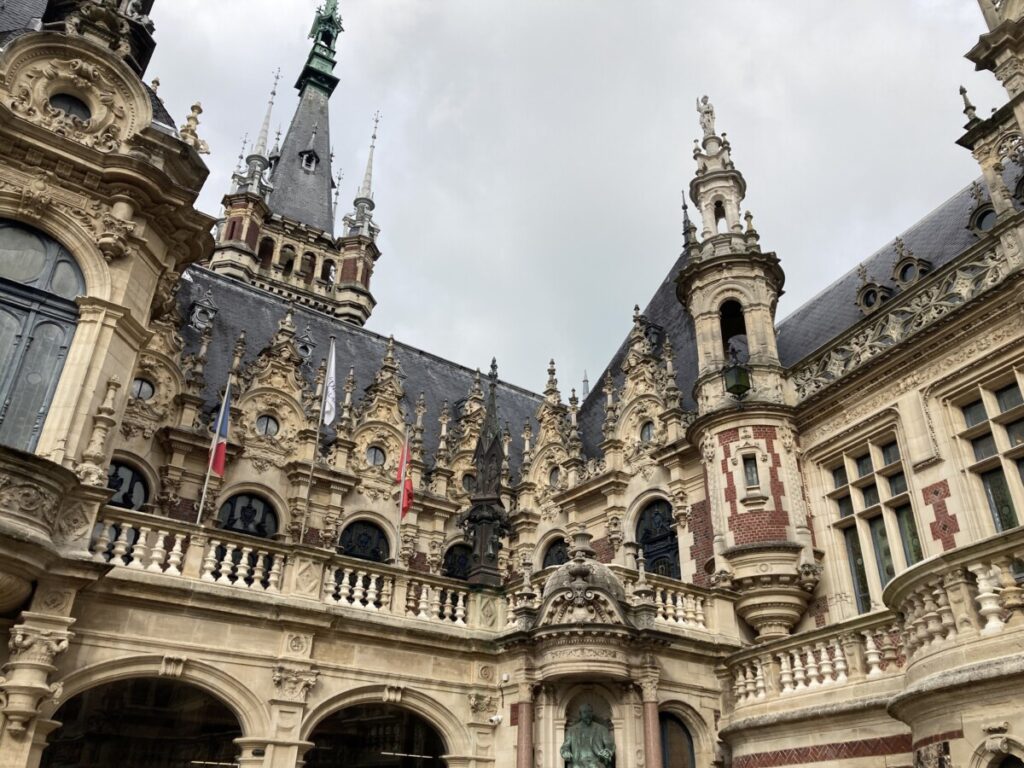
The monastery’s secret recipe was handed over to the Le Grand family by the monastery’s last monk, who fled France after the French Revolution. Alexandre Le Grand worked for a year to recreate the liqueur. Once the recipe was perfected, he developed a unique bottle and was allowed to use the Benedictine order’s shield. He was also allowed to keep the name to further emphasize the heritage.

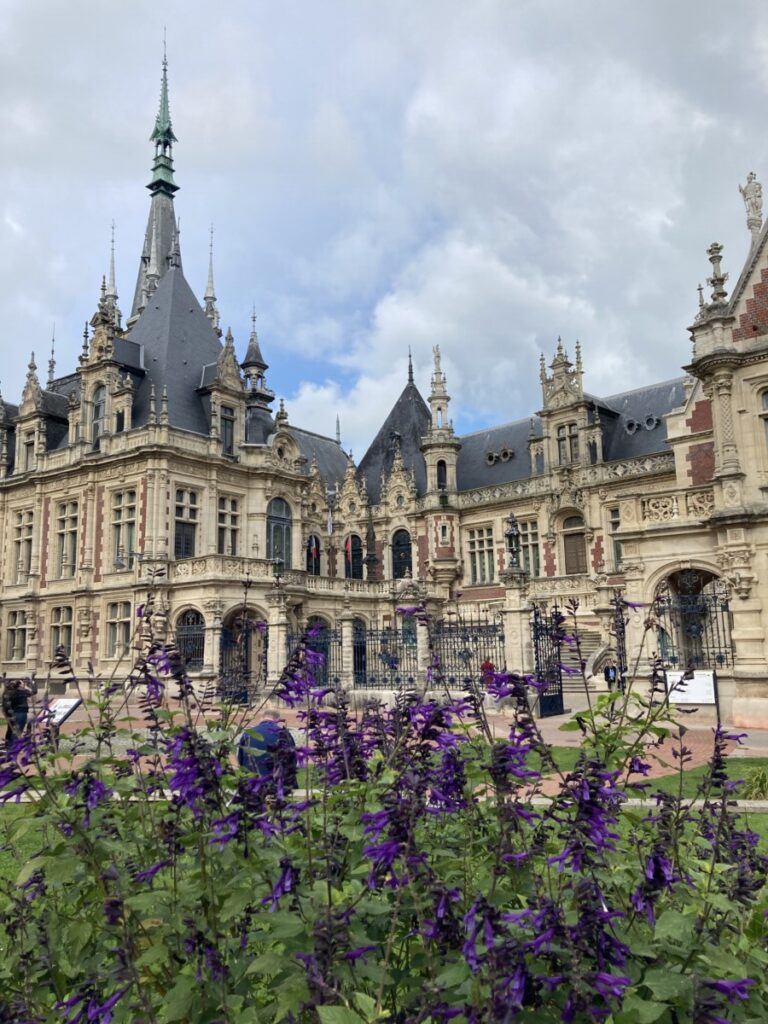
Alexandre Le Grand then built a palace/factory to emphasize the greatness of the drink. It is half Gothic, half Renaissance in style and also houses the Le Grand family’s treasures, such as old books, sculptures, and art.
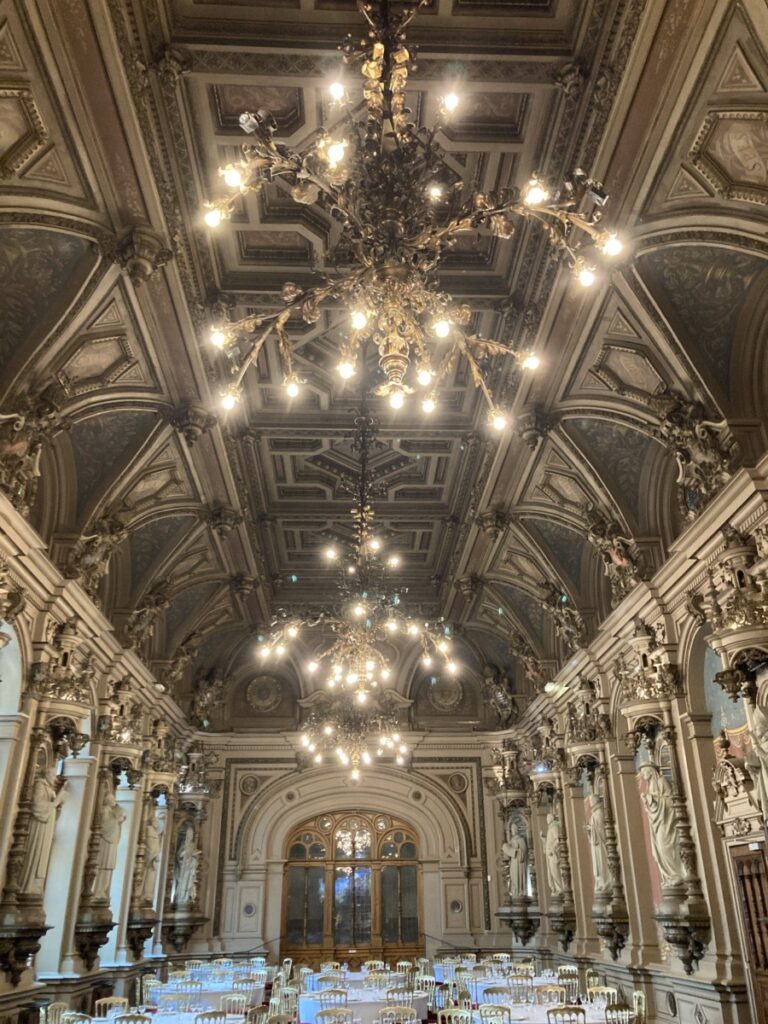
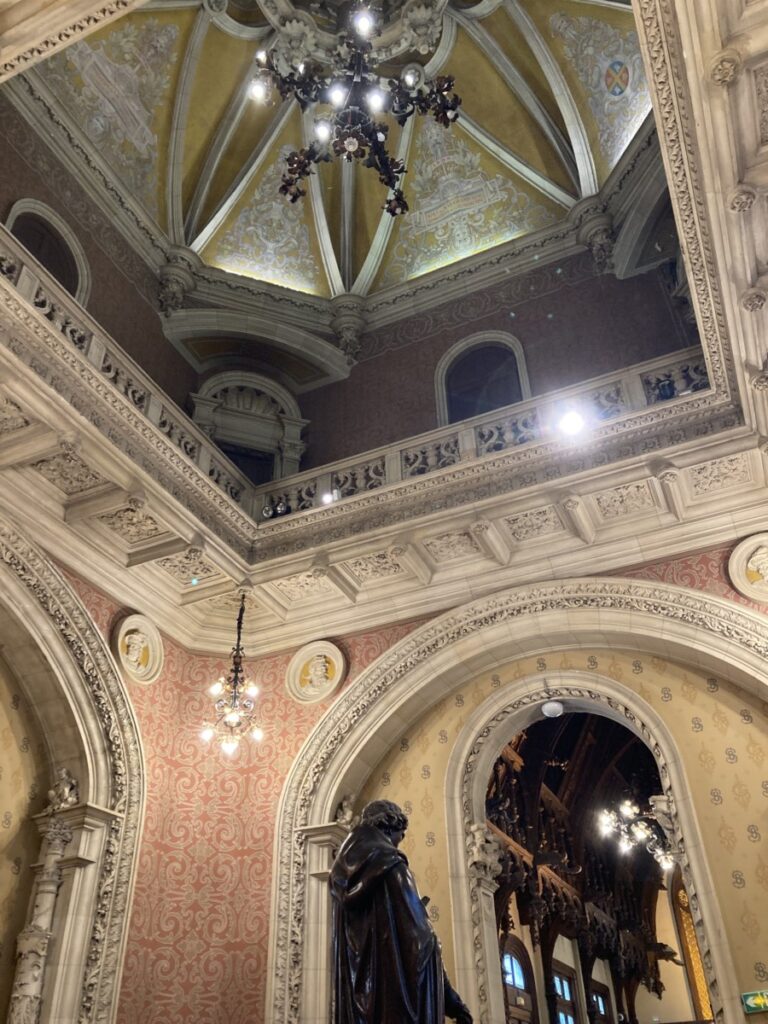
Palais Bénédictine
A guided tour takes us through beautifully decorated rooms before we get to see the actual production facilities. All DOM Bénédictine liqueur produced in the world is made only here, in the original copper kettles. Herbs and spices are sourced from all corners of the world.
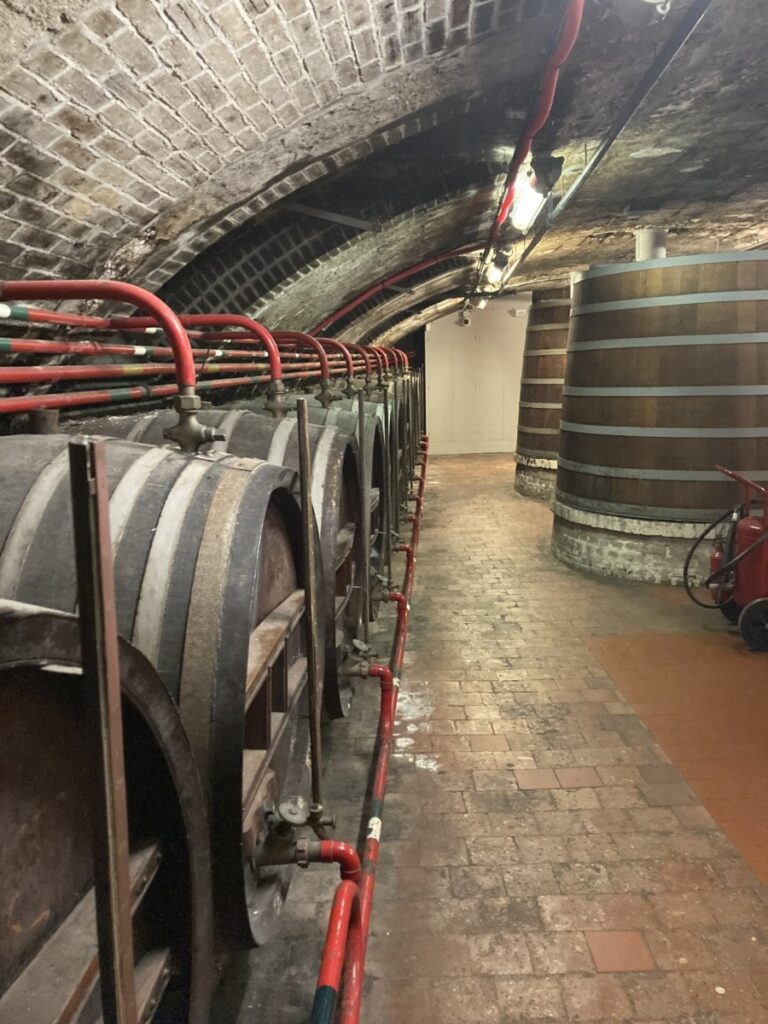
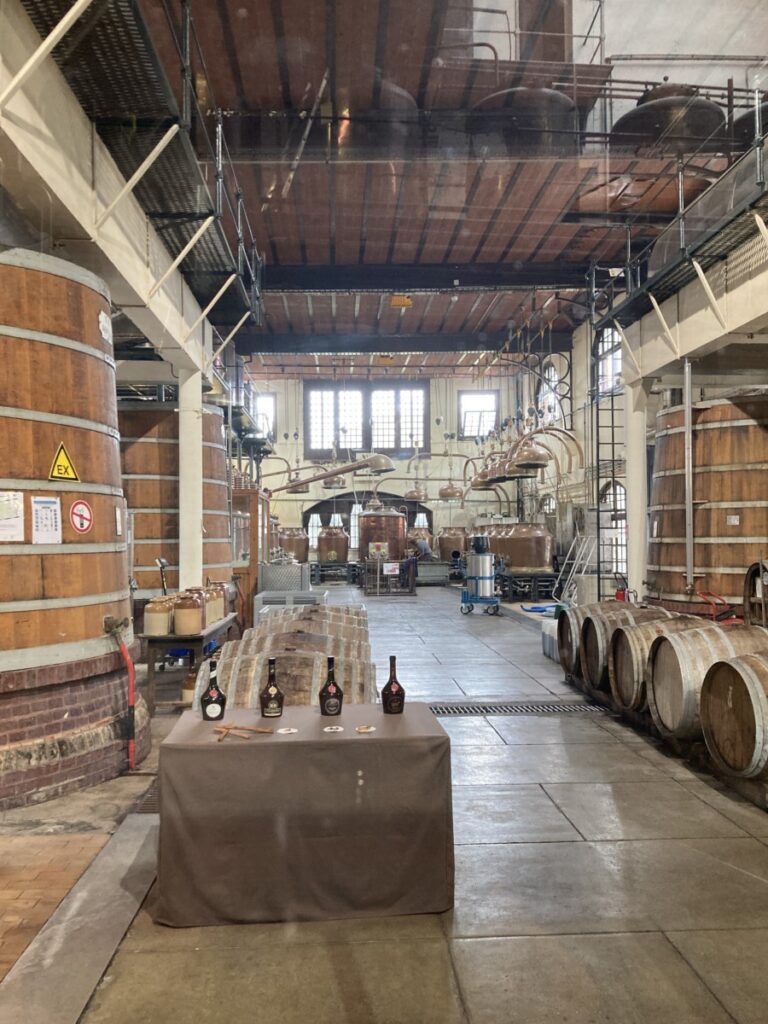
One of the main ingredients is angelica, known for its medicinal properties. Hyssop is also known as a healing herb. The liqueur also contains saffron, one of the world’s most expensive spices. In total, 27 different herbs and spices go into the drink, and it is eventually finished off by combining four different batches. The liqueur is also sweetened with honey and sugar and is therefore very sweet (and delicious).
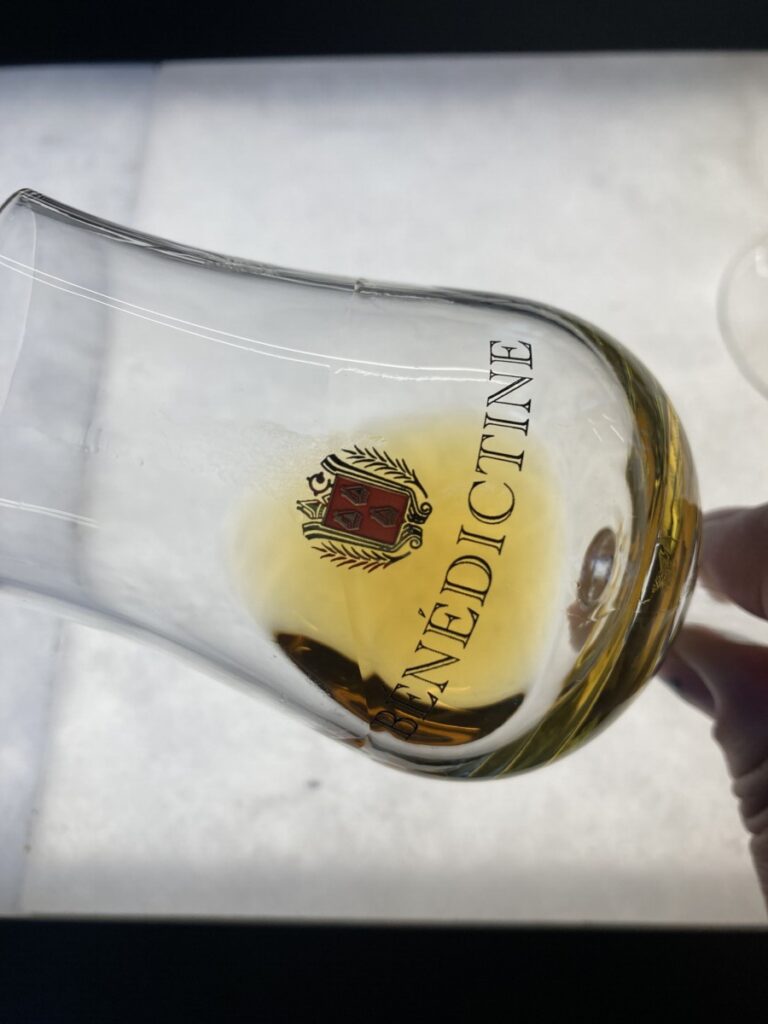
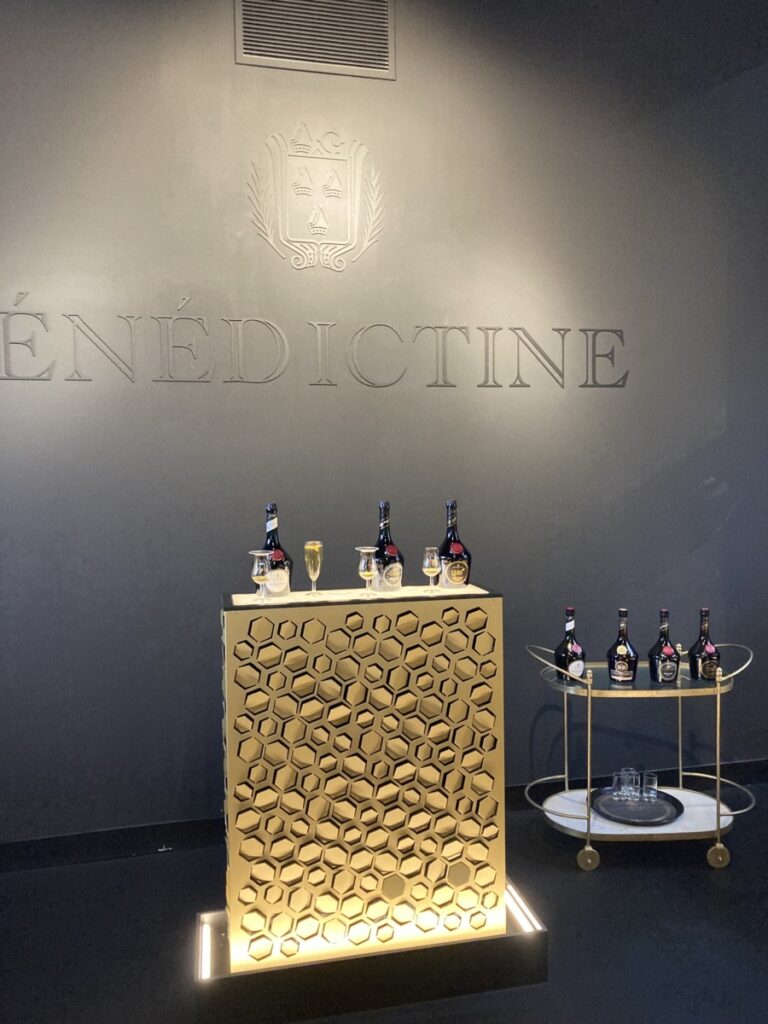
It is a favorite ingredient for bartenders and is often used in cocktails. The most famous is perhaps the Singapore Sling. The museum/factory naturally has both a tasting room where you can have a taste after the tour and a bar where they have many different Bénédictine drinks on the menu.
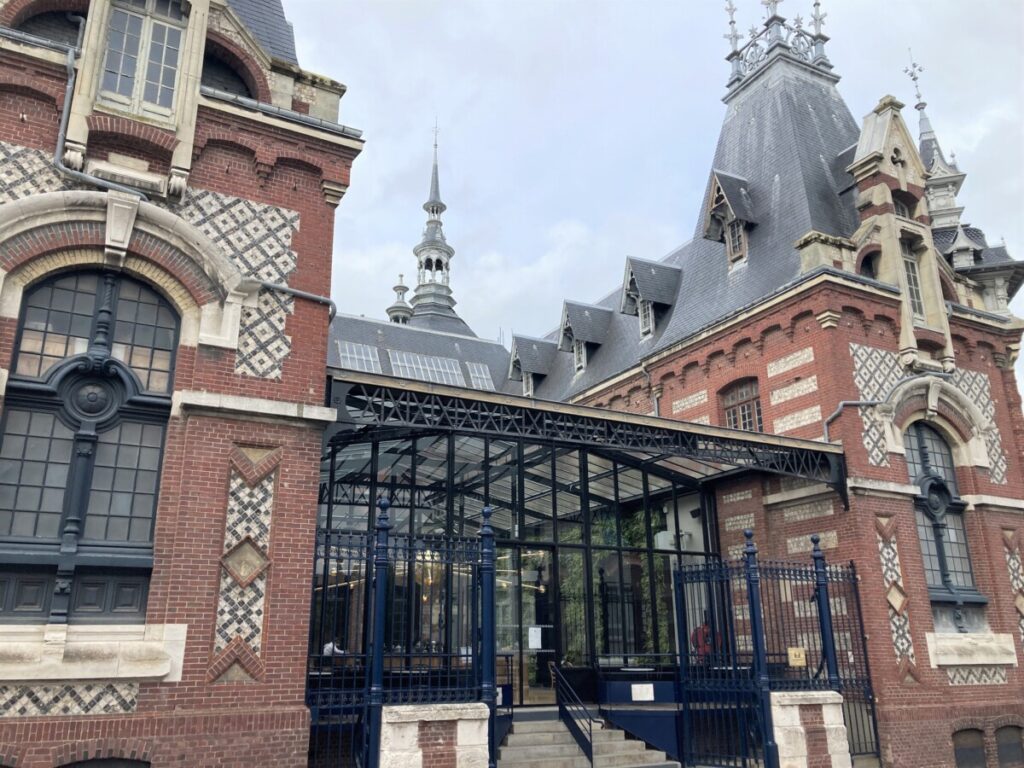
One of France’s Most Beautiful Villages
As if that wasn’t enough impressions for one day, we stopped in one of France’s most beautiful villages. France has an organization called “Les plus beaux villages de France,” which currently counts 180 charming villages all over France.
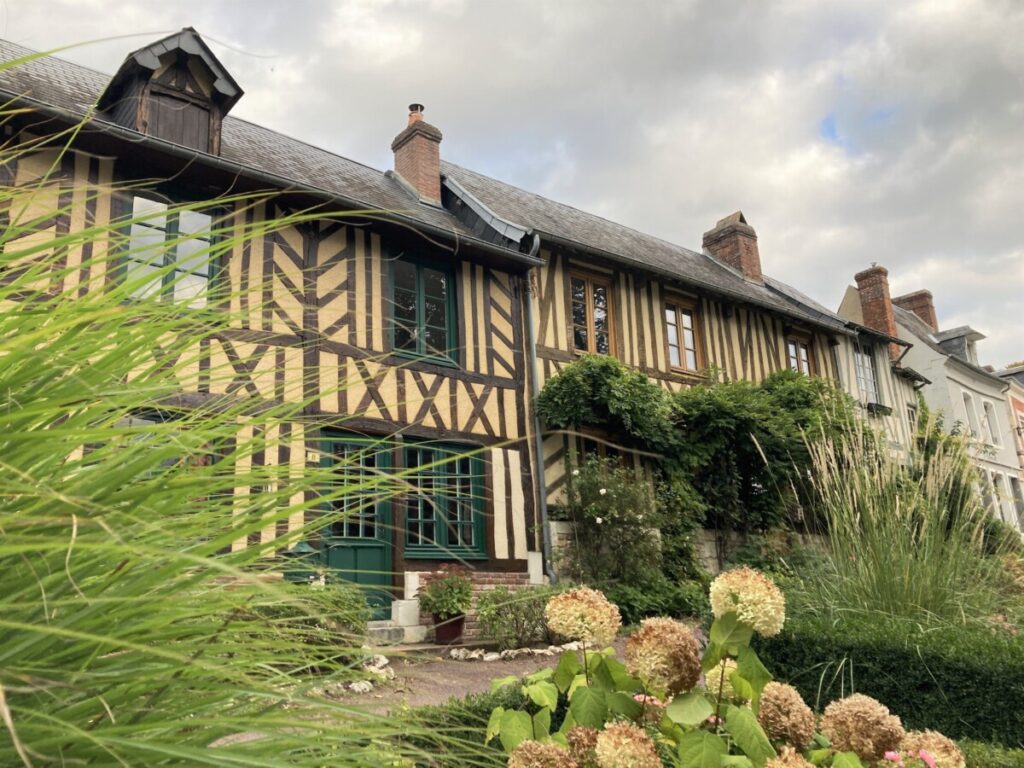
Le Bec-Hellouin not only has a slightly odd name, but it also looks like a movie set. The name has Norwegian or Norse origins, and the word Bec refers to the small stream that runs through the village, bekk in Norwegian.
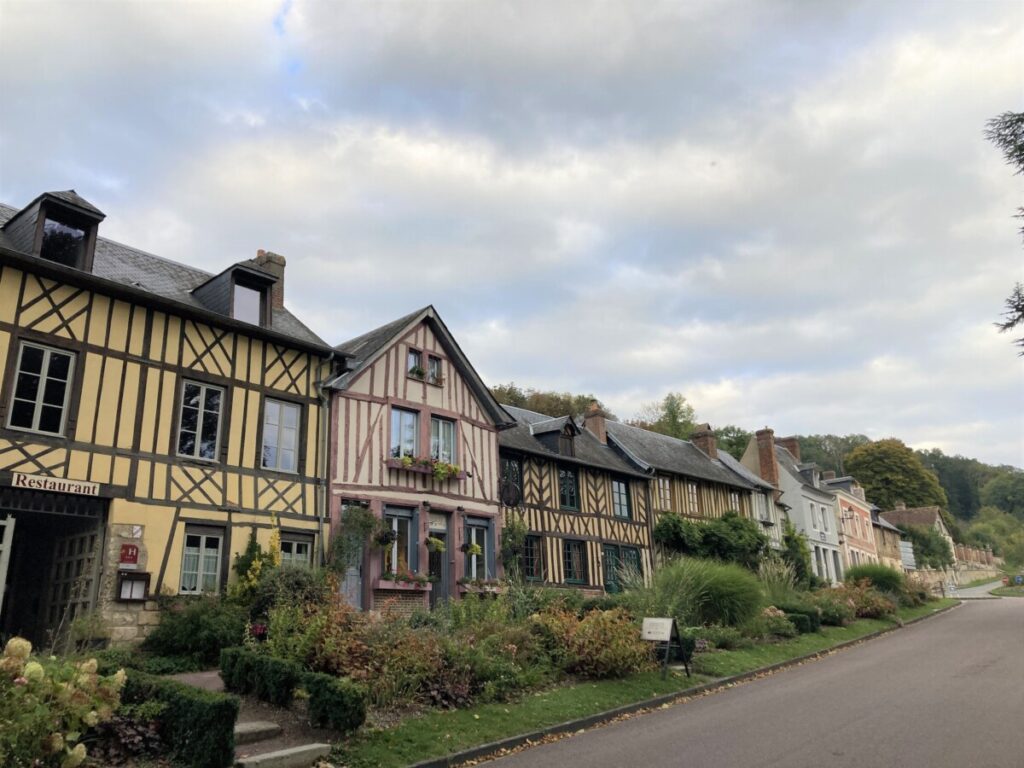
There is also a large monastery in the town, which unfortunately was closed when we were there, but a stroll around the area gave a clear impression that this was something big. Definitely worth a visit as well.
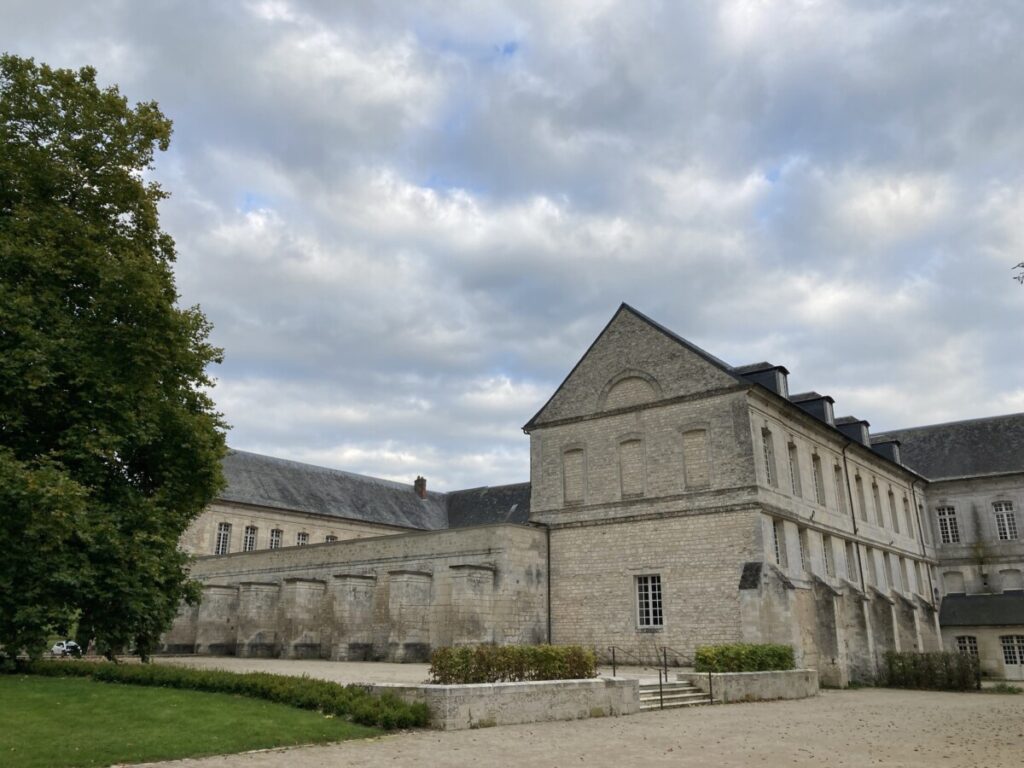
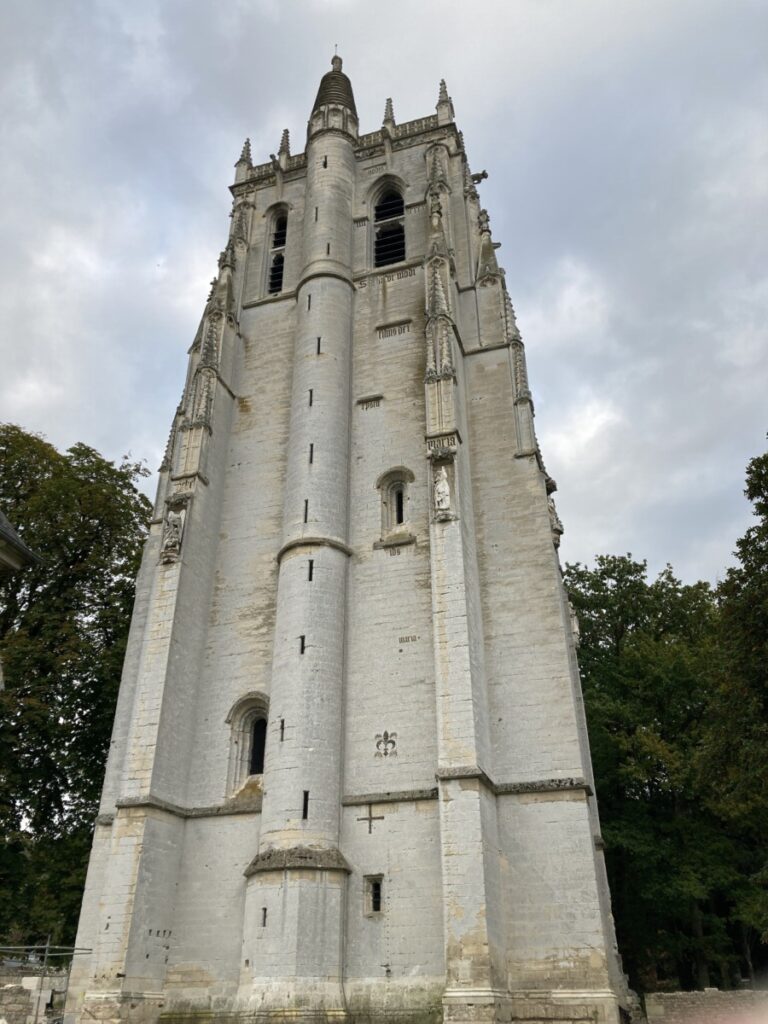
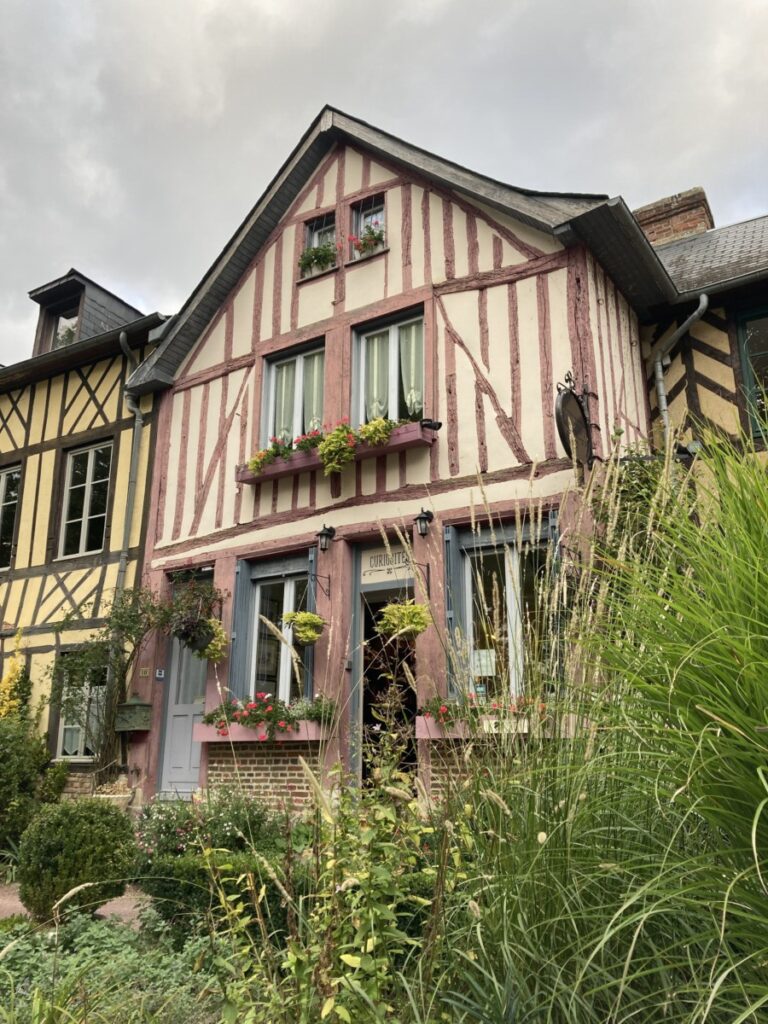
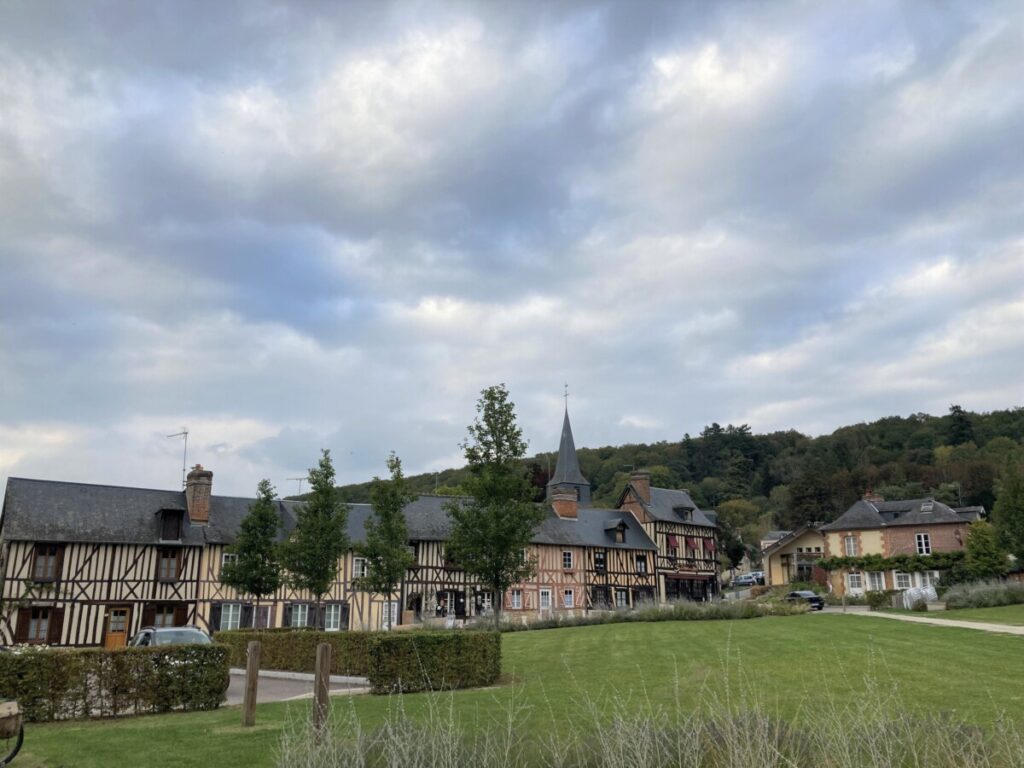
I indulged in taking pictures along the main street and in one of the side streets. A village cannot give themselves this title of “One of France’s Most Beautiful Villages.” There is a special organization that awards these honorary titles, and if you are near such a village, it is very often worth a little detour.
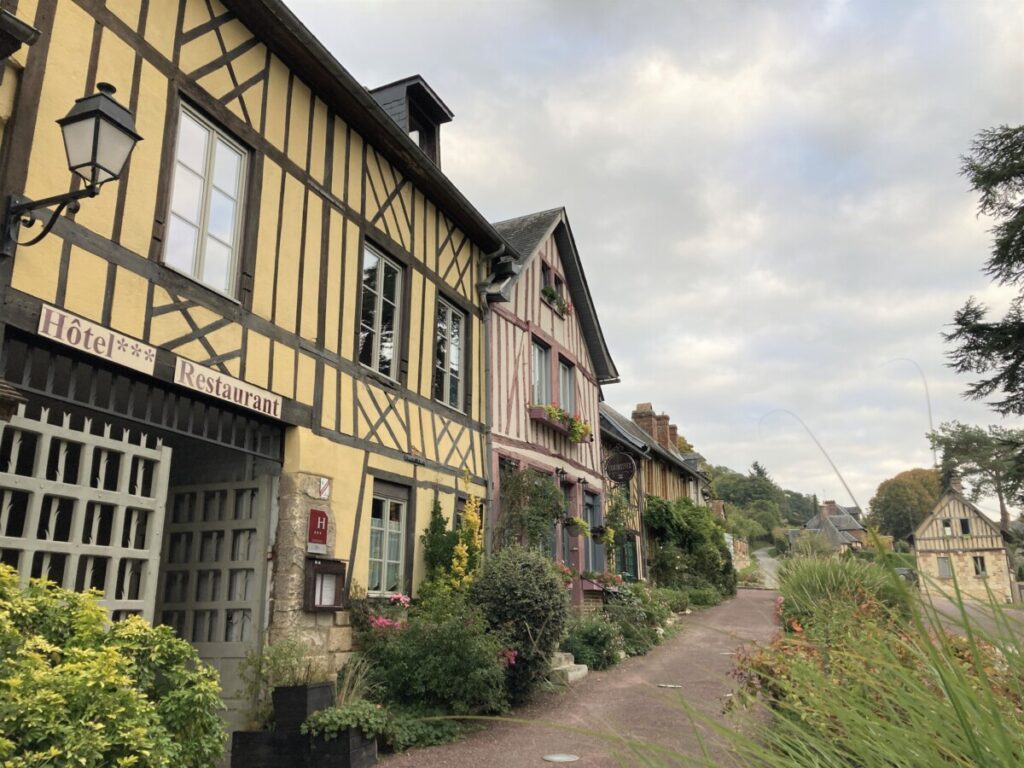
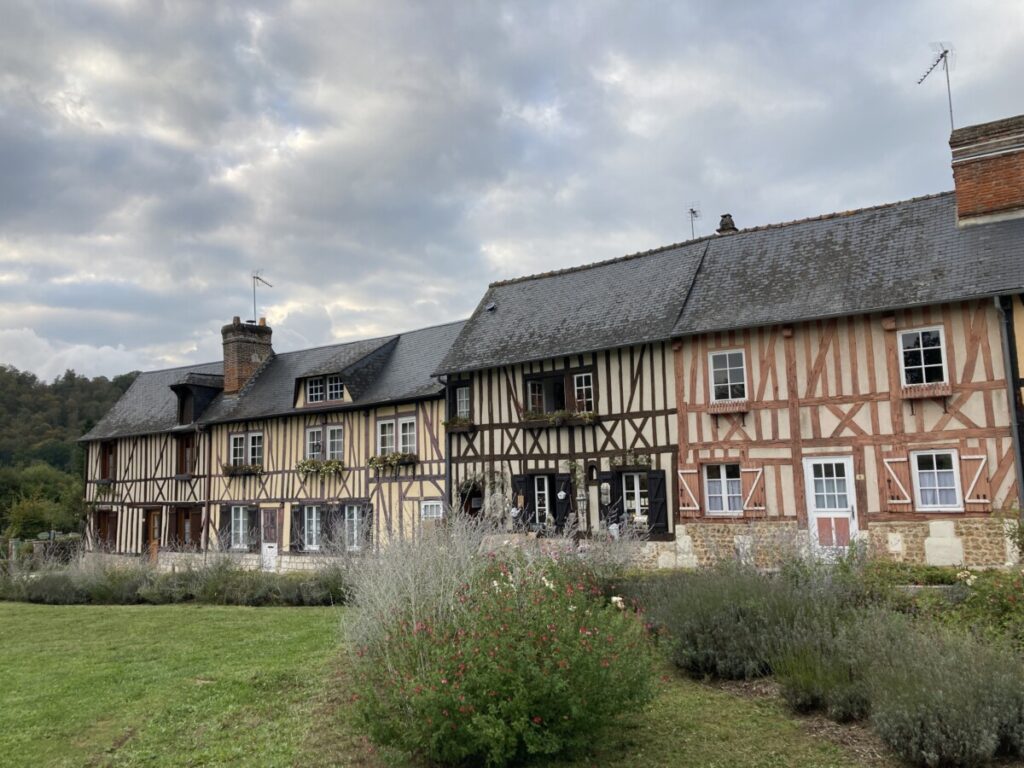
We were done with the day’s sightseeing and headed back to Manoir de Surville to get ready for another dinner, full of many new impressions from a new part of beautiful Normandy.
I can also recommend using Caen as a basis to explore Normandy.
Follow Catrines.Reiser on Instagram orFacebook to get more travel tips from France and other places in Norway and Europe.


One Comment
Pingback: